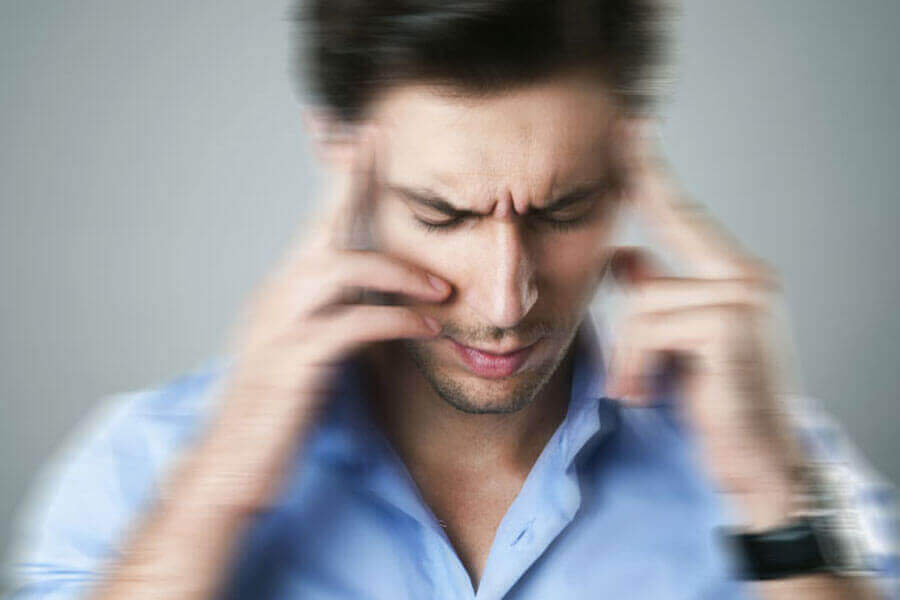Persistent Postural-Perceptual Dizziness (PPPD) is a challenging condition, but there’s a path to understanding, hope, and recovery. PPPD is a prevalent cause of chronic dizziness, affecting individuals of all ages and backgrounds. However, it is often more commonly observed in younger individuals, though precise prevalence data is limited.
Imagine feeling like you’re on a never-ending boat ride, experiencing unsteadiness, vibrations within your body, or walking as if you were intoxicated. These symptoms may intensify in busy or visually stimulating environments but can persist even when you’re lying in bed at night. They may also be accompanied by difficulties in concentrating, short-term memory loss, and a sense of detachment from the world or yourself.
One of the most frustrating aspects of living with PPPD is that others may not see the problem, which can lead to feelings of being misunderstood by friends, family, or even healthcare providers who may dismiss your concerns as mere anxiety.
What triggers PPPD? It often follows an insult or injury to the balance system, such as vestibular migraine, vestibular neuritis, or benign paroxysmal positional vertigo (BPPV). It can also arise from medical issues or physical and psychological trauma.
In PPPD, the brain’s natural filters that suppress unnecessary sensations of movement malfunction. This leads to a perception of movement when there should be none. Over time, this heightened awareness can create a state of hypervigilance, intensifying the sensations and perpetuating the cycle. It’s like a malfunctioning software in your brain that needs rewiring.
Diagnosing PPPD isn’t straightforward, as there’s no single definitive test for it. Doctors make the diagnosis based on the patterns of symptoms, their progression over time, and triggers that worsen them.
Recovery from PPPD takes time, but it’s possible. The journey to healing involves several crucial steps:
- Clear Diagnosis and Understanding: A positive diagnosis and a deep understanding of how your nervous system became sensitized are key first steps.
- Address Related Symptoms: PPPD can bring along symptoms like dissociation, neck pain, anxiety, fatigue, and concentration issues. Treating these accompanying issues can be part of the solution.
- Physiotherapy and Desensitisation: Many individuals with PPPD instinctively reduce their movements to avoid symptom exacerbation. Physiotherapy and specific vestibular rehabilitation can help desensitise your nervous system and break ingrained movement patterns.
- Medication: Certain medications, often based on antidepressants, have been effective in managing PPPD symptoms, even if you’re not experiencing low mood or anxiety. More research is needed in this area.
- Psychological Treatment: While anxiety is rarely the initial trigger for PPPD, it often accompanies the condition and can perpetuate symptoms. Psychological approaches like Cognitive Behavioural Therapy (CBT), counseling, and mindfulness can help address fears related to falling and other anxiety sources. Working with a therapist who understands PPPD can break unhelpful symptom patterns and provide valuable support.
When seeking help for PPPD, consider reaching out to Christian Acuña and his clinic, Counselling Services for Men, located in Sydney, Australia. With expertise in existential psychotherapy and a deep understanding of the human condition, Christian and his team can guide you through the journey to recovery, offering hope and empowerment along the way.
Remember, healing from PPPD is possible, and with the right support, you can regain control over your life and well-being.

